Are you a proud pug parent searching for the latest tips to ensure a happy and healthy life for your furry friends? Discovering the secrets of pug well-being in 2025 is more important than ever. Whether you’re welcoming a new puppy or caring for a senior companion, this ultimate guide delivers expert advice and practical strategies. The phrase “pug and pug” isn’t just a playful echo—it’s about creating the best bond and lifestyle for every pug in your life.

The Unique Needs of Pug and Pug
Pugs are charming, affectionate, and bursting with personality. But their adorable looks come with unique health and care needs. From their signature wrinkled faces to their compact bodies, pugs require special attention to thrive. Learning what makes the “pug and pug” duo healthy and spirited forms the foundation of joyful pet ownership in 2025.

1. Prioritize Pug Nutrition
A healthy diet lays the groundwork for robust pug health. In 2025, more pet owners are turning to balanced dog foods tailored to small breeds.
- Choose a high-quality, protein-rich formula with controlled fat levels to prevent obesity.
- Avoid table scraps and sugary treats. Pugs are prone to gaining weight, and dietary discipline is crucial.
- Watch for any food allergies; common symptoms include itching or digestive upset.
Table: Ideal Daily Diet for Pugs
| Food Type | Quantity | Frequency | Notes |
| Dry dog food | 1/2 – 1 cup | 2 times/day | Small breed formula |
| Wet dog food | 1/4 – 1/2 can | 1 time/day | Optional, for flavor |
| Fresh veggies | Small pieces | 1-2/week | Carrots, broccoli |
| Bully sticks | 1 stick | 1/week | For dental health |
2. Exercise, But Not Too Much
Pugs benefit greatly from regular movement, but moderation is the key. These lovable pups have brachycephalic (short-nosed) features, making them susceptible to overheating and breathing difficulties.
- Opt for short, leisurely walks (15-30 minutes) twice daily.
- Best to exercise during cool parts of the day—early mornings or late evenings.
- Indoor play with toys helps provide extra stimulation.
3. Protect Against Obesity
Obesity is a major risk for pugs in 2025, affecting nearly half of the breed globally. Maintaining an ideal weight reduces the risk of joint problems, diabetes, and heart disease.
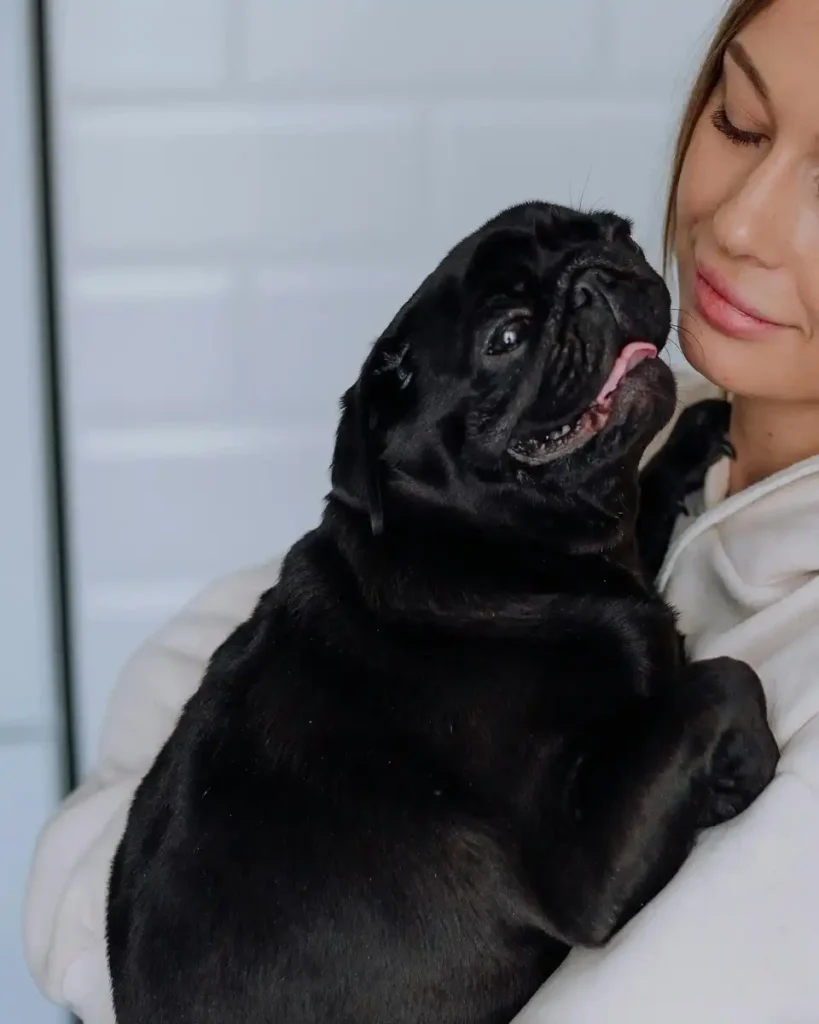
- Use a body condition score chart to evaluate your pug and pug duo.
- Measure food portions and limit calorie intake.
- Schedule regular vet weigh-ins to monitor progress.
4. Wrinkle Care: Clean and Dry
Pugs’ adorable facial folds require diligent care to prevent infections.
- Gently wipe inside the creases a few times a week with a soft cloth or vet-approved wipes.
- Always dry thoroughly to avoid moisture buildup, which can cause irritation.
- Look for signs of redness, odor, or discharge, which require prompt attention.
5. Dental Health: Brush Often
With their small mouths, pugs are prone to dental disease. In 2025, experts recommend:
- Brushing your pug’s teeth 2-3 times per week using dog toothpaste.
- Offering dental treats and select chew toys for plaque control.
- Scheduling annual dental check-ups with your vet.
6. Socialization for Both Pug and Pug
Whether you have one pug or two, socialization will boost confidence and joy.
- Introduce your pug and pug to new people, places, and other animals gently.
- Puppy classes and playgroups foster positive behaviors and reduce anxiety.
- Early socialization reduces risks of fear-based aggression later in life.
7. Positive Training Methods
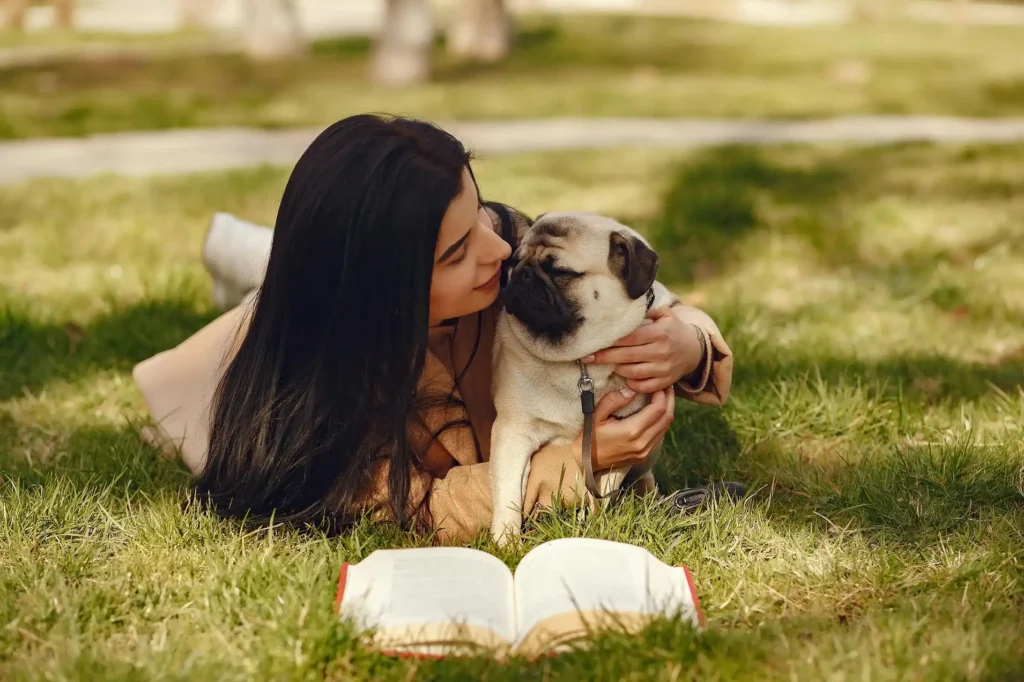
Pugs are stubborn but respond well to gentle, reward-based training.
- Use treats, praise, and brief training sessions (5–10 min) for best results.
- Avoid harsh discipline, which only confuses and stresses pugs.
- Consistency is crucial; keep house rules the same for each pug.
8. Monitor for Health Problems
Routine veterinary care helps detect issues early. Common pug health concerns include:
- Respiratory distress: Watch for noisy breathing, coughing, or fainting.
- Eye injuries: Bulging eyes are vulnerable to scratches or ulcers.
- Skin allergies: Itching, hair loss, or red patches need veterinary care.
Keep a calendar for routine vaccinations, annual exams, and parasite prevention.
9. Mental Stimulation and Companionship
Pugs crave human company and mental engagement. Boredom can lead to destructive behavior or depression.
- Rotate toys and introduce puzzle feeders to stimulate their minds.
- Schedule daily cuddle and bonding time.
- Mental wellness is as essential as physical health.
10. Grooming and Shedding Management
Despite their short coats, pugs shed consistently throughout the year.
- Weekly brushing helps reduce loose fur and distributes healthy oils.
- Bathe your pug as needed—usually every 4–6 weeks.
- Clean ears and trim nails frequently, especially in pairs like pug and pug.
The Pug and Pug Lifestyle: Events and Support in 2025
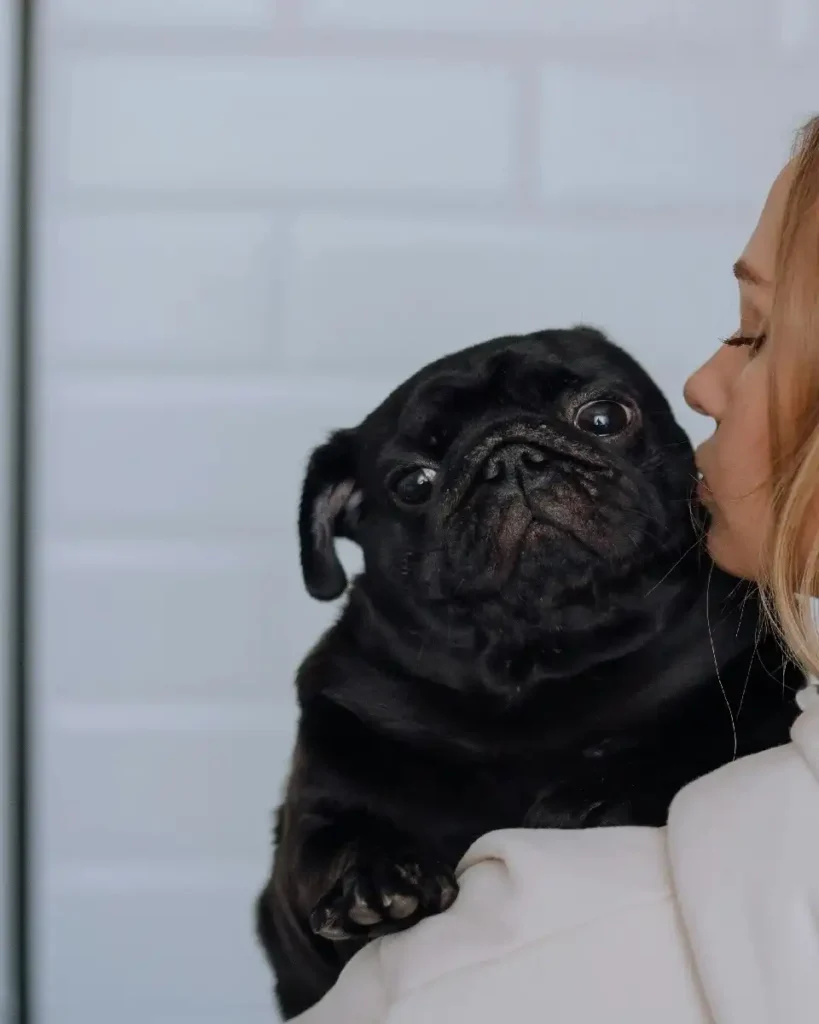
2025 is an exciting year for pug enthusiasts, with national specialty events, adoption resources, and community support at an all-time high. The Pug Dog Club of America hosts exclusive gatherings focused on health, training, and social bonding, while rescue organizations like the Pug Rescue of Florida & Georgia support foster and special-needs pugs nationwide.
What Did Pugs Look Like 100 Years Ago?
A century ago, pugs looked noticeably different from the beloved, short-muzzled companions seen today. According to historical records and old paintings, pugs in the early 1900s had longer legs and noses, with less exaggerated wrinkles and facial folds. Their bodies were leaner, and they often appeared more athletic and sturdy compared to the compact, “cobby” figures favored by modern breed standards.


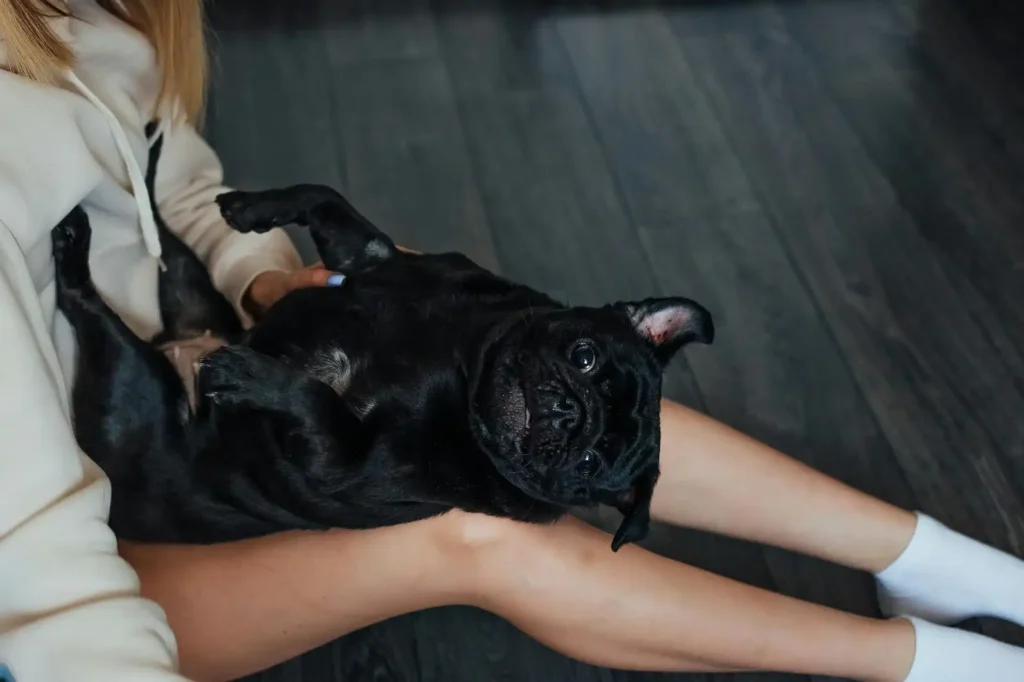

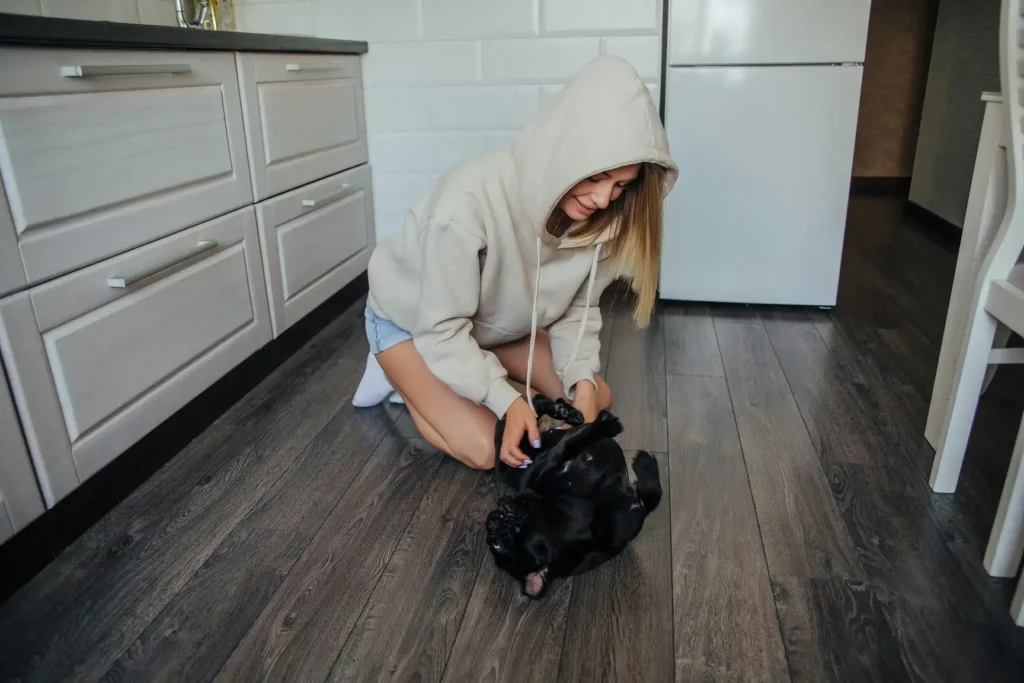
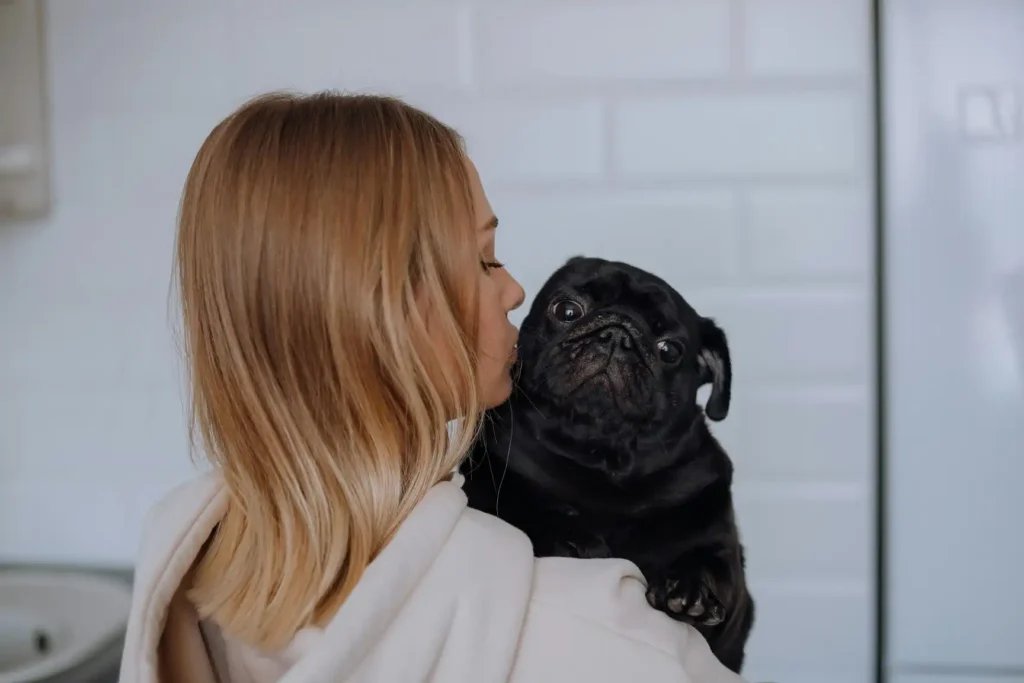


Selective breeding in the 20th century led to the development of the flatter, more wrinkled faces and shorter legs that define today’s pugs. In historical artwork from the 18th and 19th centuries, pugs are depicted with cropped ears and the so-called “prince mark”—a set of forehead wrinkles resembling the Chinese character for prince (王). The transition toward the modern pug arose after the 1860s, when new strains imported from China influenced the breed’s look, blending the longer-muzzled European pugs with the short-mouthed and short-legged types found in imperial China.

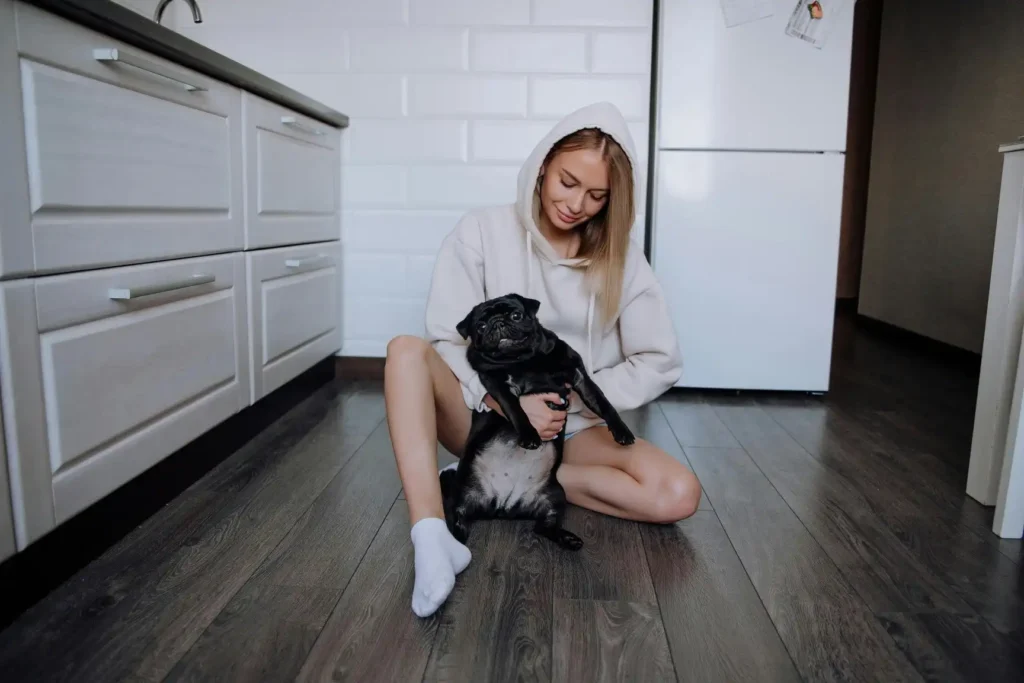
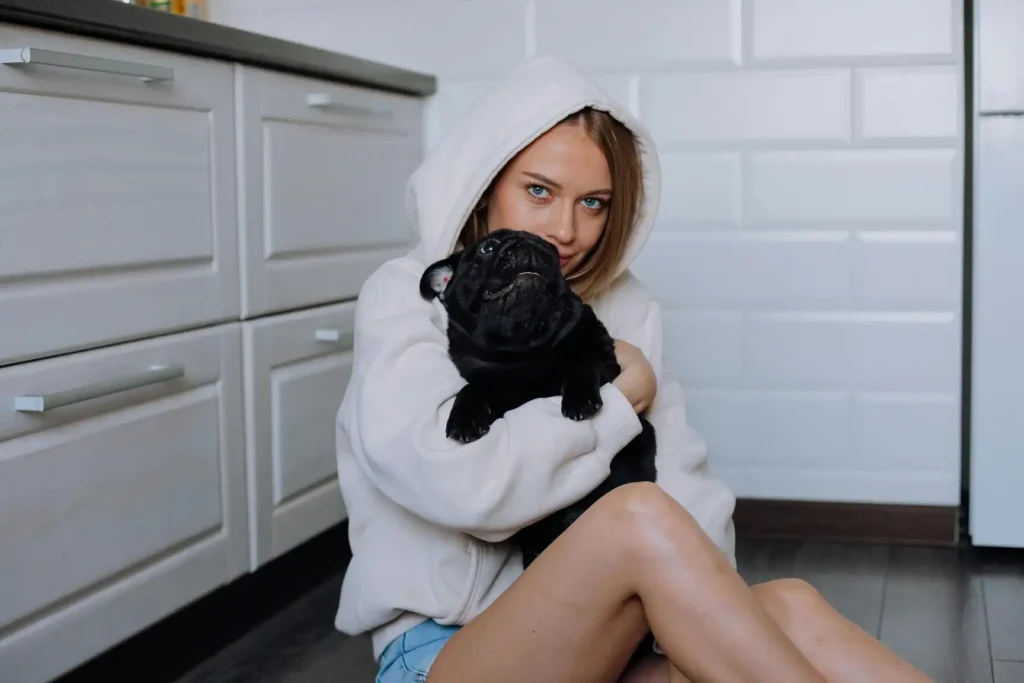
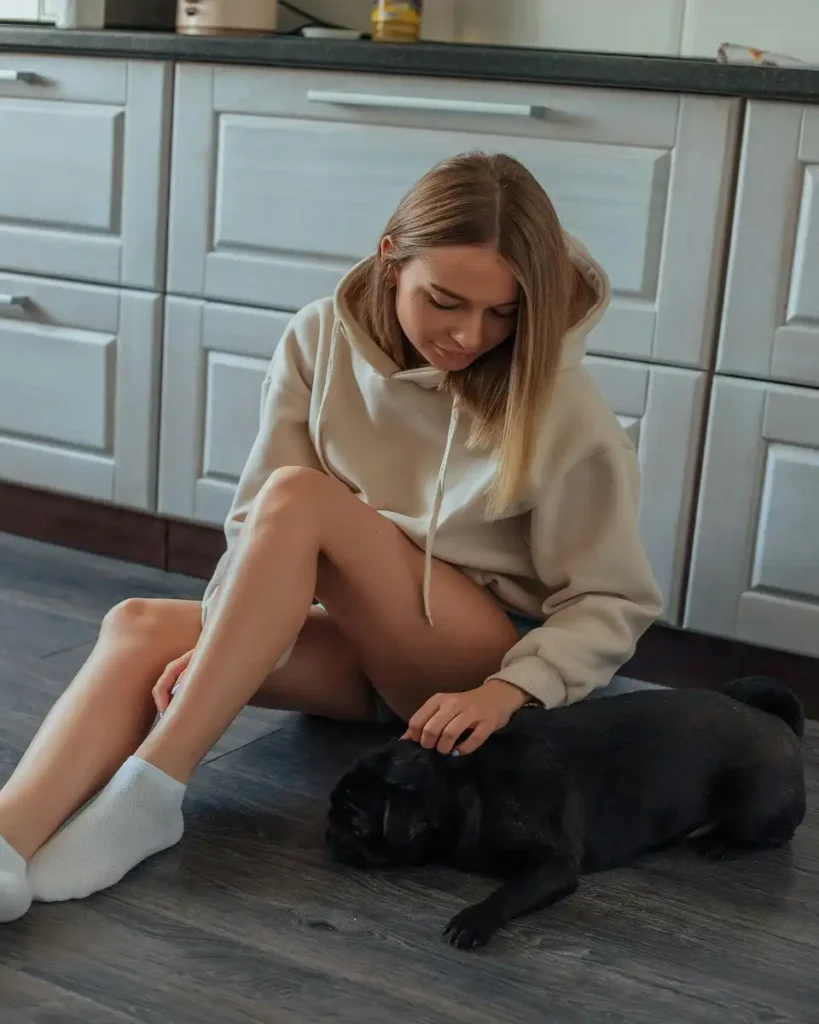

This gradual transformation has been both celebrated and debated, as selective breeding favored certain aesthetics—such as deep facial wrinkles and compact stature—while also inadvertently increasing the risk of health problems like breathing difficulties. Today’s “pug and pug” duo owes their endearing appearance and characteristics to generations of selective breeding, making them instantly recognizable and cherished worldwide, but quite different than their ancestors from a hundred years ago.
Finally
The secrets to a happy, healthy life for “pug and pug” in 2025 hinge on balanced nutrition, mindful exercise, preventive care, and constant companionship. Understanding and responding to their individual needs will foster a bond full of love, play, and well-being. Whether you have one pug or a playful duo, following these strategies ensures your loyal friends stay healthy, lively, and cherished throughout their lives.
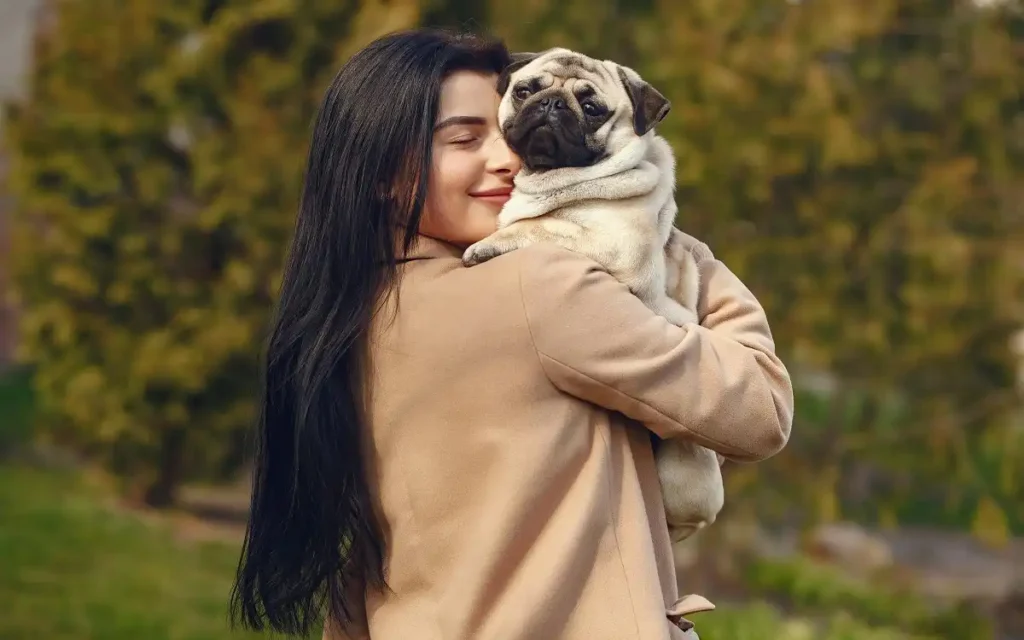
With each tip above, the journey of life with pug and pug becomes not only joyful but also truly rewarding—for both human and canine companions.
For More Details Visit Talent Dogs

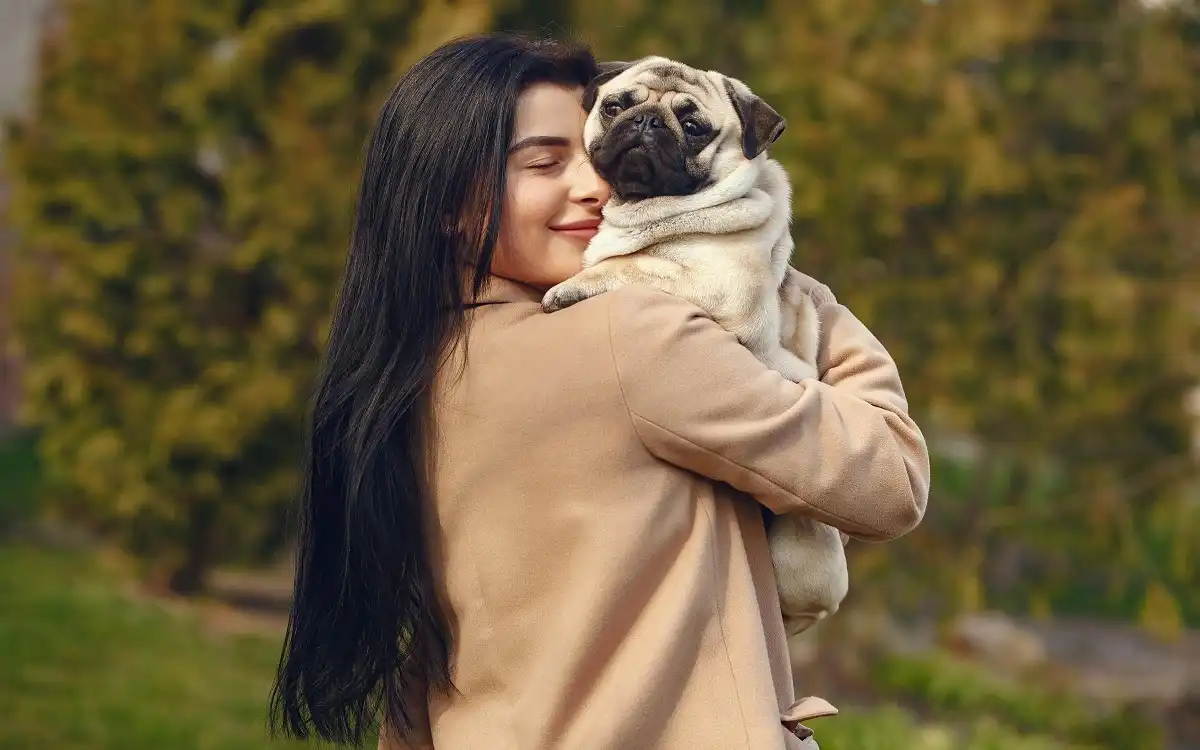
Leave a Reply